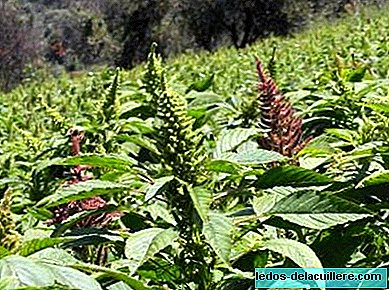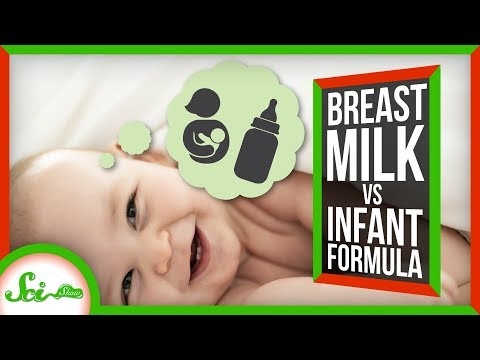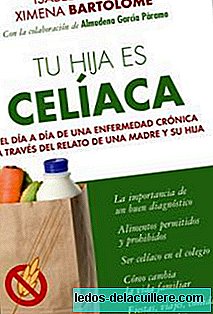
Today we are going to talk about another almost unknown seed but a whole treasure in richness of nutrients that are very suitable for Infant feeding: amaranth.
Cereals are the most important source of nutrients in human history since the Neolithic. Its cultivation and storage were the basis of the oldest civilizations in both Africa, America, India and Mesopotamia, the cradles of sedentary culture.
Each cereal is related to each of the civilizations and with them, with each of the great cultures from which we all come. The grain, with the sedentarization, became sacred, a gift from the gods to men. Just as Mediterranean Europeans developed wheat cultivation, other peoples based their civilization and gastronomy on other cereals: Asian rice is widespread among us, but not so much those from African cultures, which were of great vigor, based their crops in sorghum and millet.
In America, corn was the basis of food but quinoa was also used and amaranth, the latter being the one we are going to deal with in this subject.
Amaranth History
The conquest of America was more than a political and religious imposition, it was a powerful attempt at acculturation, eliminating traditional ways of life where possible. Native crops, such as quinoa and amaranth they supposed the possibility of the food autarchy of the conquered peoples, and, therefore, were enemies of the new conquering civilization. Their cultivation was reduced to almost inaccessible places and they lost their preponderance in the diet of indigenous peoples. However, they did not disappear and this century has meant their recognition and recovery.
The Aztecs used amaranth in their religious ceremonies but their cultivation even became prohibited, for their spiritual connotations that gave continuity to the conscience of independent people and for their undoubted qualities, which for their ease of cultivation and nutritional wealth, gave the possibility of reinforcing possible attempts to independence.
Amaranth is also known as "bledo" and even the proverb discredits its consumption with the well-known saying "I don't give a damn", thus consummating its concept as negligible food.
But the reality is very different,amaranth, el bledo, is an herb very similar to cereals, so we will discover it in this grouping of topics on cereals in infant feeding.
Its cultivation dates 7000 years ago. The Maya were the first to use it, but their cultivation was also extended in the Inca and Aztec cultures.
Amaranth Properties
Amaranth It is "cousin" of chard and spinach. However, although its leaves are also edible, it is the seeds that are preferably used for human consumption, since their richness in nutrients, as in the case of quinoa, is exceptionally complete.
It is a food still little used, unlike corn or soybeans, which are used for food directly or for other industrial uses such as the production of oils, medicines or cosmetics. However, the nutritional potential of amaranth makes it one of the foods of the future, as it is easy to grow and has enormous nutritional properties.
It has no gluten, so it is suitable for coeliacs and babies. It is a food that in some ways resembles milk since it is rich in protein and contains calcium and many other minerals. Its amount of protein, which ranges from 15 to 18% and contains essential amino acids completely.
In principle and in general it is recommended to incorporate amaranth, as a precaution, after seven months, despite not having gluten, although it is not an allergenic food.
Perhaps the most interesting element that contains, in addition to the richness of high quality proteins and starch, which has 50 or 60%, is iron. Let us take into account that incorporating complementary feeding has, above all, the intention of providing iron to babies, since after six months there may be a deficiency in their dairy diet, especially if the cord has been clamped and cut prematurely, which remains a common practice in many maternity hospitals.
But not only in proteins are quinoa strong and amaranth. It has no unhealthy fats, and contains iron, calcium, phosphorus, fiber, vitamin E and an appreciable amount of B vitamins. - They are also poor in fat and richer in iron, calcium, phosphorus, fiber and vitamin E, with Regarding classic cereals. They also have a significant amount of B vitamins.
Preparation and consumption
He amaranth It is found in specialty food stores and herbalists. We can also find it in baby porridge, mixed with other cereals, and it is an interesting option if we are inclined to use these comfortable preparations on occasion.
We can also buy flour, which is cooked in broth or can be used for various preparations, such as making bread by mixing it with wheat or for croquettes and sauces.
Usually the way to consume amaranth is in seeds. In some recipes they are roasted and added to soups and salads, and they can also be used as if they were noodles by adding them to a tasty broth. They also serve to make delicious and very nutritious cakes and desserts.
Conclusion
He amaranth It is a seed very similar to cereals, which, due to its excellent proportion of high quality proteins, minerals and vitamins, is very suitable for children's diet in different preparations.












